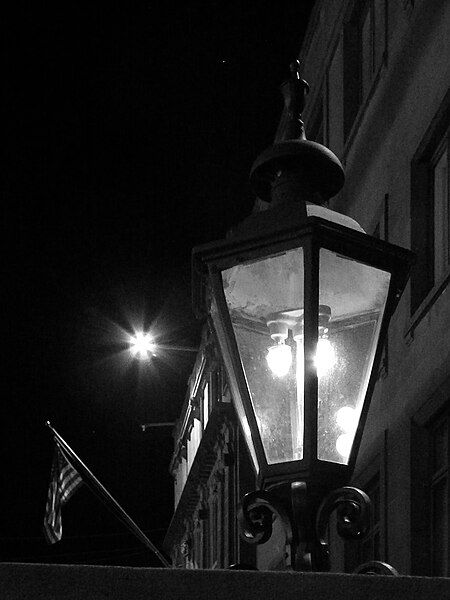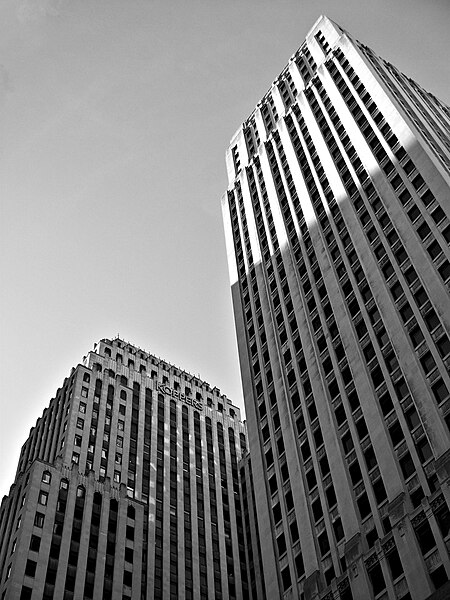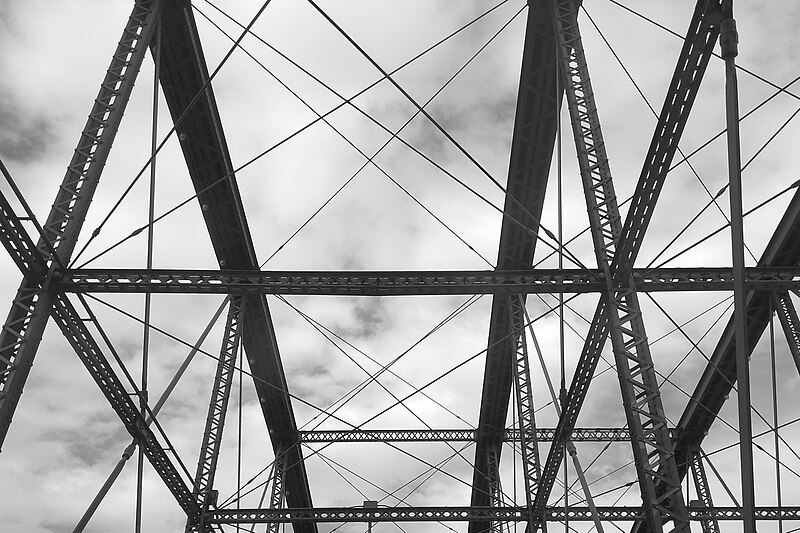
-
William Penn Place
-
Gateway Abstractions
-
Lantern in Allegheny West
-
33rd Street Tunnel, South Side

To the south, at the base of the steep South Side Slopes, was a small but crowded neighborhood of workmen and their families. To the north was a huge steel mill, a railroad roundhouse and shops, and a big brewery. In between was a railroad yard with more than twenty tracks to cross. How would the workmen get to work without getting run over by switching locomotives every day? The answer was to extend 33rd Street from the Slopes to the Flats as a pedestrian tunnel under the main line, followed by a long pedestrian bridge over the railroad yards.

Hopkins real-estate plat map from 1923, showing the 33rd Street bridge and tunnel. The bridge and the railroad yard are gone now; the tunnel remains, but since it goes nowhere it is blocked. The tunnel entrance is still attractive in its stony simplicity.
-
Cathedral of Learning
-
Looking Up
-
Coffey Way
-
Roofscape
-
Domes of St. Nicholas

The domes of St. Nicholas Russian Orthodox Church in the McKees Rocks Bottoms.
Nikita Khrushchev visited Pittsburgh during his reign, and there’s an amusing legend about his trip in from the airport. He was being driven in along the Ohio River Boulevard, which was the way to get downtown before the Parkway West was finished, and he saw the skyline of the McKees Rocks Bottoms out the window. Khrushchev was convinced that the Americans had built a Russian Potemkin village to fool him into thinking…something. His American minders tried to explain that Pittsburgh is just like that, but Khrushchev couldn’t be fooled.
The legend may be apocryphal, but like most such legends it tells us more about the people who told the legend than it does about the person it was told about. Pittsburghers were intensely proud of exotic landscapes like the Bottoms, and thought of them as things that made their city unique in America.
-
Smithfield Street Bridge











